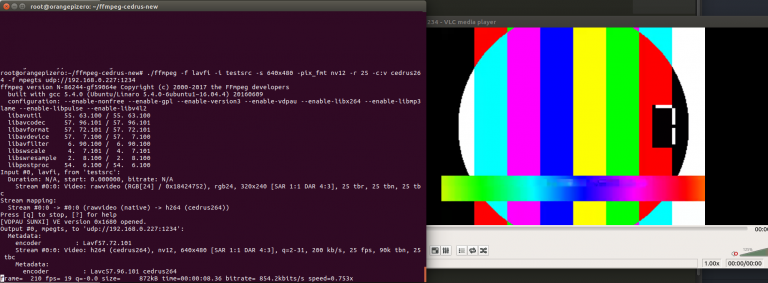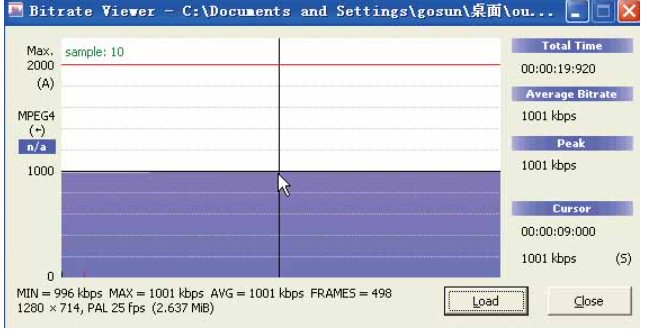


This list is dependent to your OS and the enabled encoders during FFmpeg compilation. Some are software-, some are hardware-encoders. In this this you should find your target codec (h264): ĭEV.LS h264 H.264 / AVC / MPEG-4 AVC / MPEG-4 part 10 (decoders: h264 h264_qsv h264_cuvid ) (encoders: libx264 libx264rgb h264_amf h264_mf h264_nvenc h264_qsv ) To check this you can simply execute ffmpeg -codecs Encodingįirst of all you need to know, what encoders have been enabled in your FFmpeg version. But the load depends also on other things like bitrate, resolution and CPU/hardware. And after enabling the hardware accelerated decoding it reduced the CPU load from 20% to 4%. See FFmpeg Wiki: H.264 and FFmpeg Wiki: AAC for more info.If your CPU support for example Intel Quick Sync than you can significantly reduce the CPU load using hardware acceleration (in my test case below it was from 90% using libx264 to 20% using h264_qsv). This allows the video to begin playing faster if it is watched via progressive download playback.


 0 kommentar(er)
0 kommentar(er)
